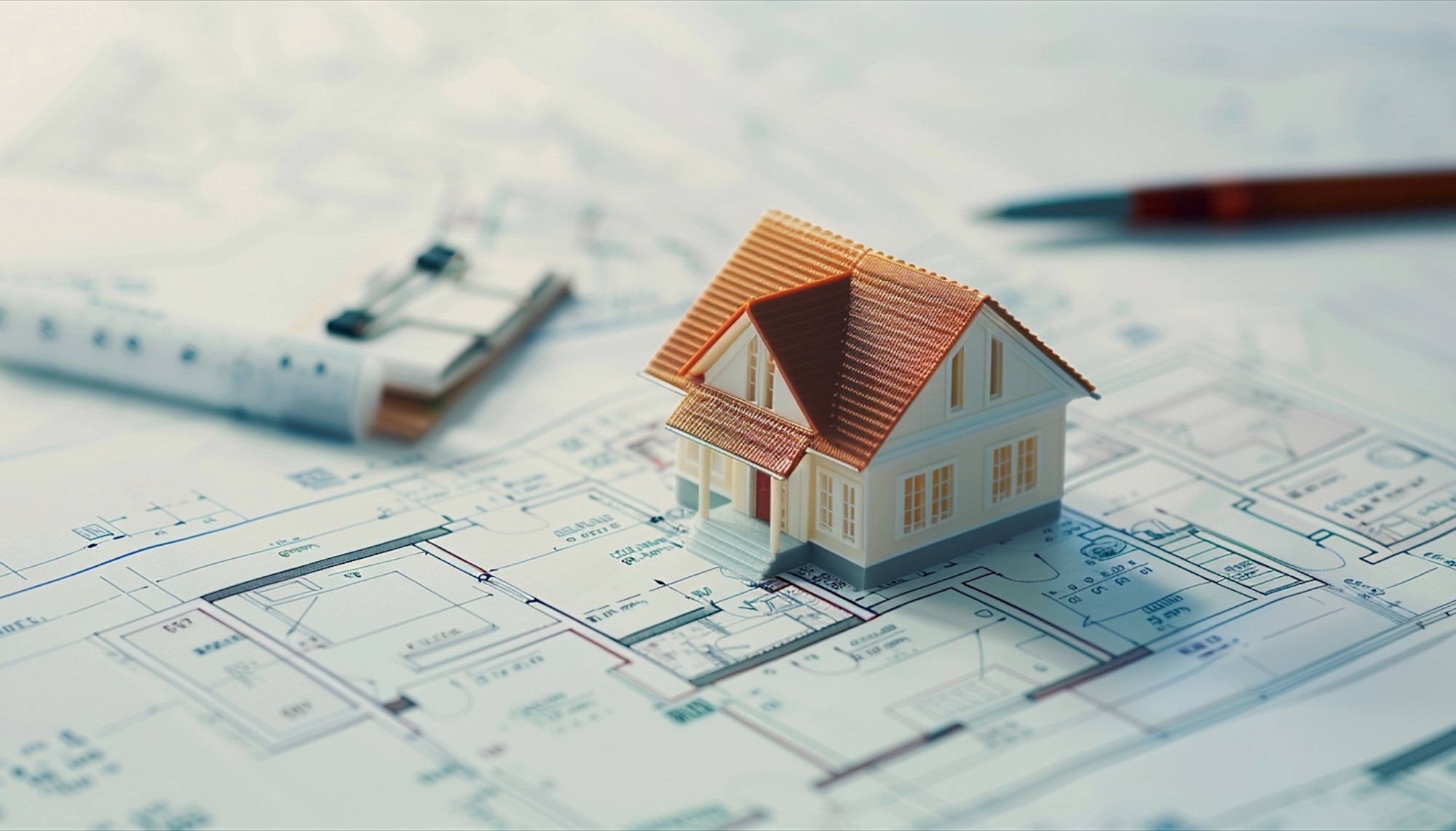
Top Trends in Residential Property Construction for 2024
Importance of Staying Updated with Construction Trends
As the residential property construction industry continues to evolve, it’s crucial for investors, developers, and homeowners to stay informed about the latest trends and advancements. By understanding the changing landscape, you can make more informed decisions, capitalize on emerging opportunities, and ensure that your investments remain competitive and future-proof.
Staying ahead of the curve in the residential construction industry can provide numerous benefits. It allows you to anticipate and adapt to shifting market demands, incorporate innovative technologies and materials, and create homes that cater to the evolving needs and preferences of homebuyers. By being proactive and embracing these trends, you can position your projects to stand out in a crowded market and appeal to a wider range of potential buyers.
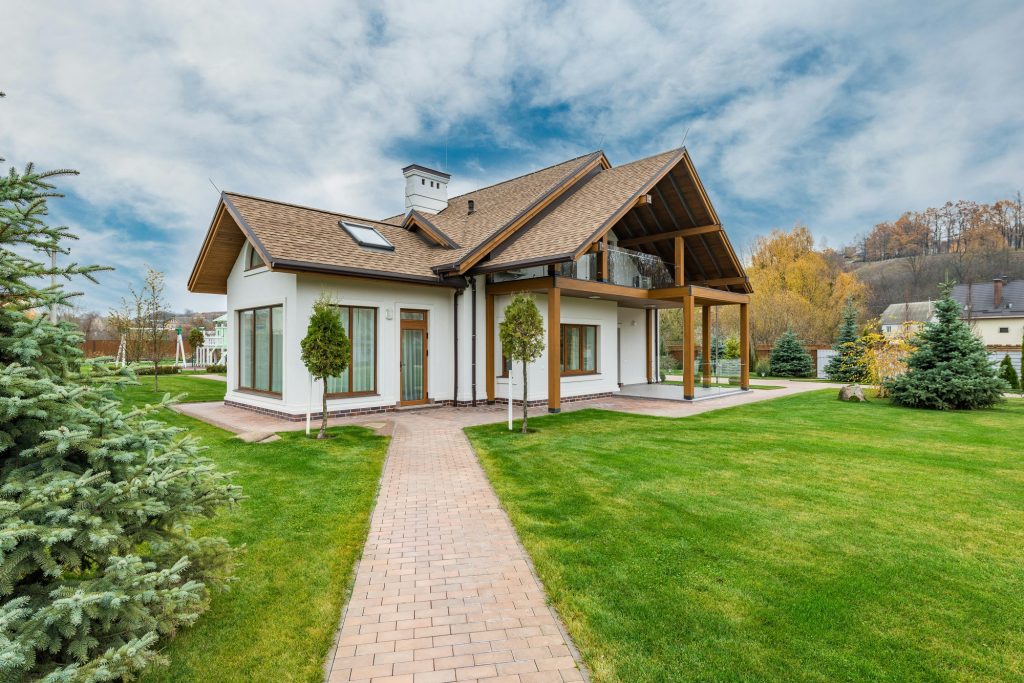
Moreover, being aware of the top trends in residential property construction can help you make more strategic investment decisions. It enables you to identify emerging hotspots, capitalize on growing demands, and potentially maximize your returns. Additionally, understanding the industry’s trajectory can inform your long-term planning, allowing you to make more informed choices about the types of properties to develop, the features to include, and the target market to focus on.
Sustainable and Eco-Friendly Construction Practices
One of the most significant trends shaping the residential construction industry in 2024 is the increased emphasis on sustainable and eco-friendly practices. As environmental consciousness continues to rise among homebuyers, construction companies are under growing pressure to adopt greener building methods and incorporate sustainable features into their projects.
Heightened concerns about climate change, the desire for energy-efficient homes, and the growing demand for environmentally responsible living are driving the shift towards sustainable construction. Homebuyers are now more inclined to prioritize properties that offer energy-efficient designs, renewable energy sources, and reduced environmental impact.
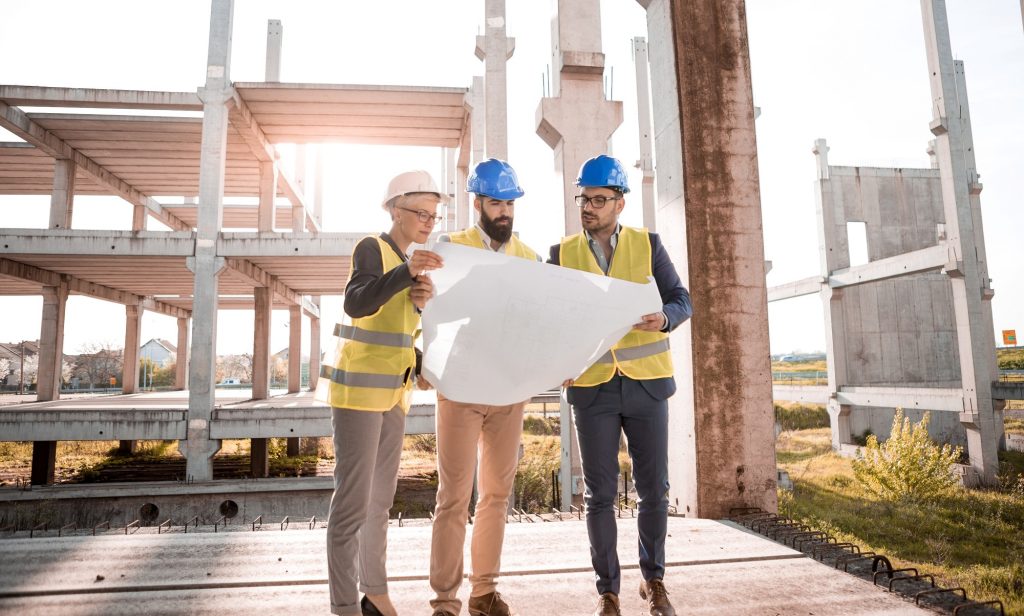
To meet this demand, construction companies are incorporating a wide range of sustainable practices into their projects. This includes the use of eco-friendly building materials, such as bamboo, recycled plastics, and low-emission concrete. Additionally, many builders are implementing passive design strategies, such as strategic window placement, natural ventilation, and optimal insulation, to minimize energy consumption and reduce the carbon footprint of the homes they construct.
Integration of Technology in Residential Construction
The integration of technology into residential construction is another prominent trend that is shaping the industry in 2024. As homeowners become increasingly tech-savvy, they are demanding homes that offer advanced features and seamless connectivity, enhancing their overall living experience.
One of the most significant technological advancements in residential construction is the rise of smart homes. These homes are equipped with a range of connected devices and systems that allow homeowners to control and monitor various aspects of their living environment, from lighting and temperature to security and entertainment. By incorporating smart home technologies, construction companies can offer homebuyers a level of convenience, efficiency, and personalization that was previously unimaginable.
Beyond smart home features, the integration of technology in residential construction also extends to the construction process itself. Construction companies are leveraging digital tools, such as Building Information Modeling (BIM) and augmented reality, to streamline the design and construction phases, improve collaboration among stakeholders, and enhance the overall quality and efficiency of the building process. These technological advancements not only benefit the construction industry but also contribute to the creation of more technologically advanced and user-friendly homes for homebuyers.
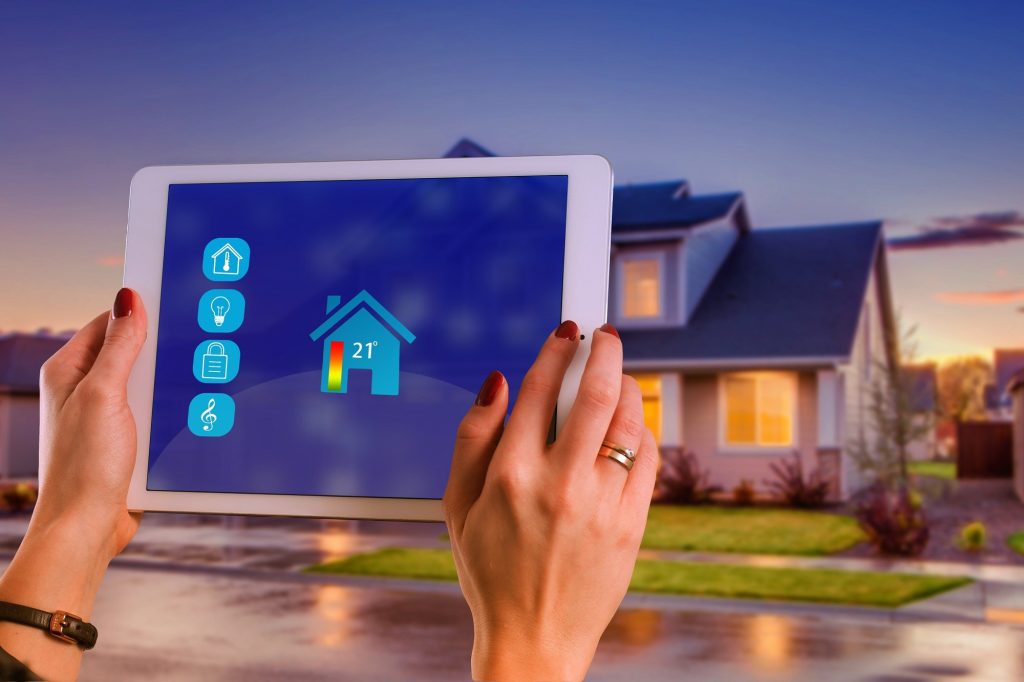
Emphasis on Energy Efficiency and Smart Homes
As the world becomes increasingly conscious of the need for sustainable living, the demand for energy-efficient homes has become a driving force in the residential construction industry. Homebuyers are now seeking properties that not only reduce their environmental impact but also offer long-term cost savings through lower energy bills.
To meet this demand, construction companies are placing a greater emphasis on energy-efficient design and the incorporation of smart home technologies. This includes the use of high-performance insulation, energy-efficient windows, and advanced HVAC systems that optimize energy consumption. Additionally, the integration of renewable energy sources, such as solar panels, is becoming more prevalent in residential construction, allowing homeowners to generate their own clean energy and further reduce their carbon footprint.
Smart home technologies play a crucial role in enhancing energy efficiency. By integrating features like smart thermostats, automated lighting, and energy monitoring systems, homeowners can better control and optimize their energy usage, leading to significant cost savings and a more sustainable living environment. These smart home technologies not only improve energy efficiency but also provide homeowners with greater convenience, increased security, and enhanced overall home management capabilities.
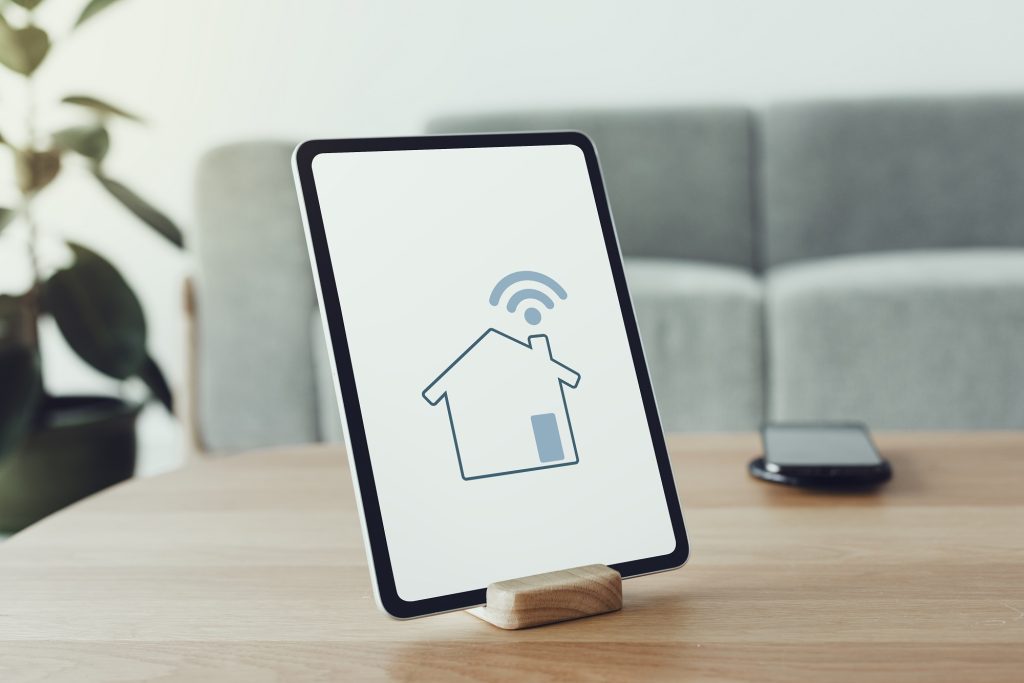
Innovative Architectural Designs and Materials
The residential construction industry is also witnessing a surge in innovative architectural designs and the use of cutting-edge building materials. As homebuyers seek unique and visually appealing homes, construction companies are rising to the challenge by exploring new design concepts and experimenting with a diverse range of materials.
One of the key trends in architectural design is the emphasis on open floor plans and flexible living spaces. Homebuyers increasingly seek homes with adaptable and multifunctional spaces, allowing them to tailor their living environment to their evolving needs and preferences. This includes the integration of features like sliding walls, retractable partitions, and convertible furniture, which enable homeowners to seamlessly reconfigure their living spaces as needed.
In terms of building materials, the residential construction industry is witnessing a shift towards more sustainable and innovative options. From the use of cross-laminated timber (CLT) and structural insulated panels (SIPs) to the incorporation of recycled plastics and advanced composites, construction companies are constantly exploring new ways to enhance the durability, energy efficiency, and aesthetic appeal of their projects. These innovative materials not only contribute to the overall sustainability of the homes but also offer unique design possibilities, allowing for the creation of more visually striking and architecturally distinctive residential properties.
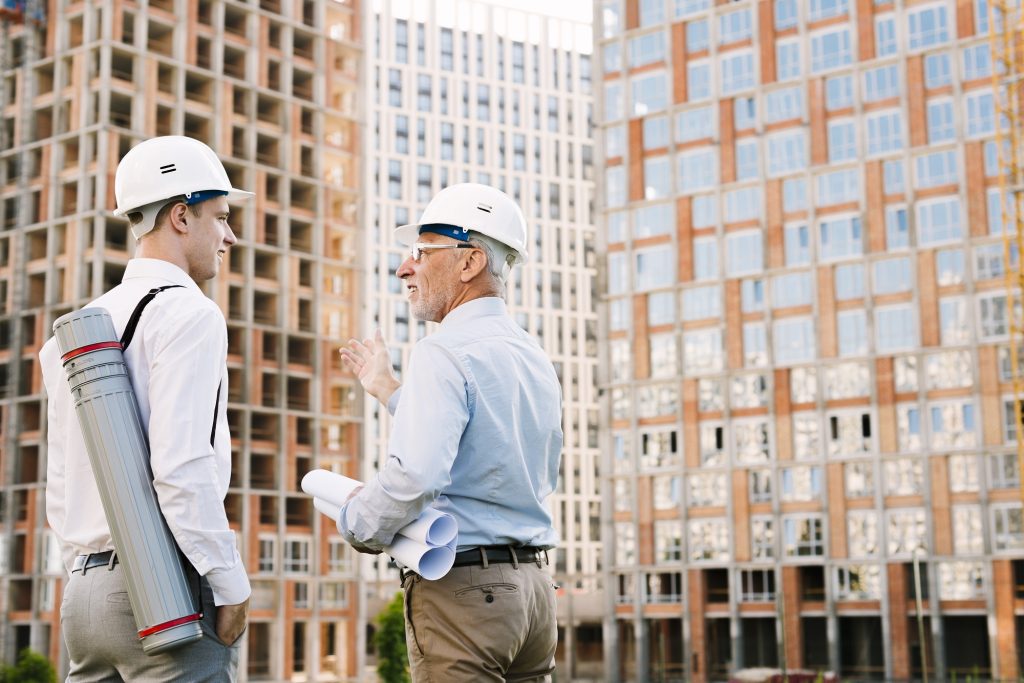
Shift Towards Modular and Prefabricated Construction Methods
Another trend that is gaining traction in the residential construction industry is the shift towards modular and prefabricated construction methods. These innovative approaches to building homes offer a range of benefits, including increased efficiency, improved quality control, and reduced construction timelines.
Modular construction involves the fabrication of building components, such as walls, floors, and roof systems, in an offsite facility. These pre-engineered modules are then transported to the construction site and assembled, significantly streamlining the building process. Prefabricated construction, on the other hand, involves the manufacture of entire sections or modules of a home in a controlled factory environment, which are then transported and installed on-site.
Several factors drive the adoption of modular and prefabricated construction methods in the residential sector. These approaches offer increased cost-effectiveness, as they reduce on-site labor and minimize material waste. Additionally, the controlled factory environment allows for tighter quality control, ensuring a higher level of precision and consistency in the final product. Furthermore, these construction methods can significantly shorten the overall construction timeline, enabling construction companies to respond more quickly to market demands and deliver homes to homebuyers in a timelier manner.
Incorporating Wellness and Health-Focused Features in Homes
As the COVID-19 pandemic has highlighted the importance of health and wellness, the residential construction industry is responding by incorporating a greater emphasis on features that prioritize the well-being of homeowners. This trend is driven by the growing awareness of the impact that our living environments can have on our physical and mental health.
One of the key wellness-focused features being integrated into residential construction is the inclusion of dedicated spaces for fitness and relaxation. This can take the form of home gyms, yoga studios, or meditation rooms, allowing homeowners to prioritize their health and wellness within the comfort of their own homes. Additionally, construction companies are exploring the integration of air purification systems, natural lighting, and biophilic design elements, which have been shown to have positive effects on overall health and well-being.
Beyond physical health, the residential construction industry is also addressing the importance of mental health and emotional well-being. This includes the incorporation of features like quiet retreats, indoor-outdoor living spaces, and calming design elements that promote relaxation and stress reduction. By creating homes that cater to the holistic well-being of their occupants, construction companies are positioning themselves to meet the growing demand for healthier and more nurturing living environments.
The Rise of Mixed-Use and Multi-Generational Housing
Another trend shaping the residential construction industry in 2024 is the increasing popularity of mixed-use and multi-generational housing developments. As homebuyers seek more versatile and integrated living experiences, construction companies are responding by designing residential projects that combine a variety of uses and accommodate the needs of diverse household compositions.
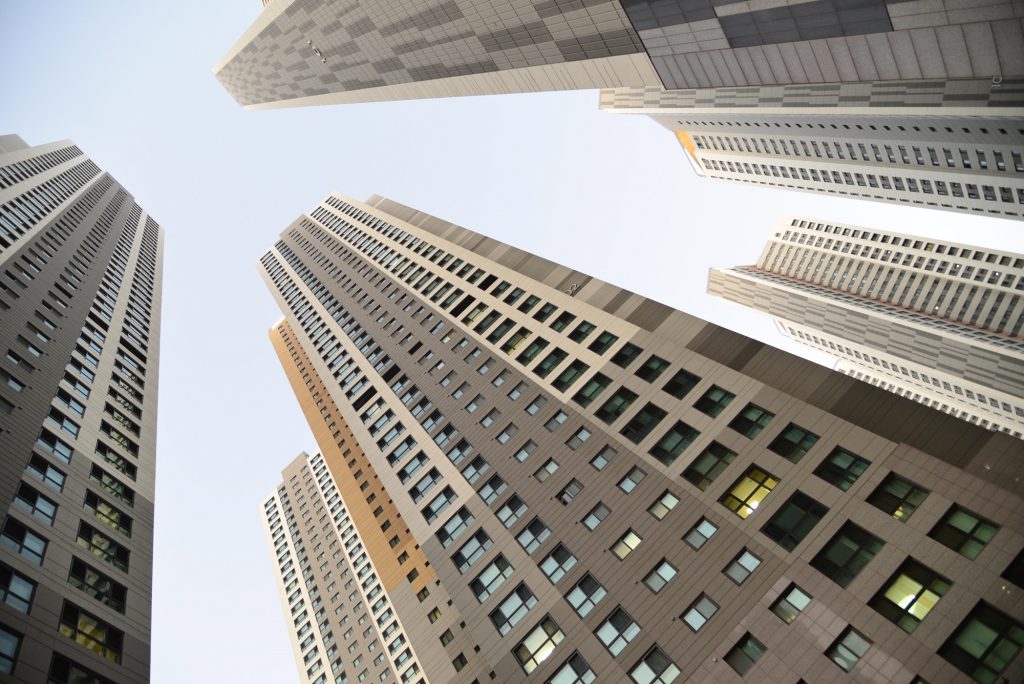
Mixed-use residential developments, which integrate residential units with commercial or retail spaces, are gaining traction. These projects offer homebuyers the convenience of having essential amenities, such as shops, restaurants, and services, within close proximity to their homes. The desire for walkable, amenity-rich communities that reduce the need for extensive commuting and promote a more sustainable, urban-inspired lifestyle drives this trend.
Similarly, the demand for multi-generational housing is on the rise, as homebuyers seek to accommodate the needs of extended families or multiple generations living under one roof. Construction companies are responding by designing homes and communities that cater to the diverse needs of different age groups, with features like separate living quarters, shared communal spaces, and accessibility-focused design elements. These multi-generational housing developments offer homebuyers the opportunity to maintain close family connections while also providing the necessary privacy and independence for each generation.
Conclusion
As the residential construction industry continues to evolve, the trends and advancements we’ve explored in this article are set to shape the future of the sector. By staying informed and embracing these emerging trends, construction companies, investors, and homebuyers can position themselves for success in the years to come.
Additionally, the shift towards modular and prefabricated construction methods, as well as the rise of mixed-use and multi-generational housing developments, will offer new opportunities for construction companies to streamline their operations, enhance project delivery, and meet the evolving demands of the residential market.